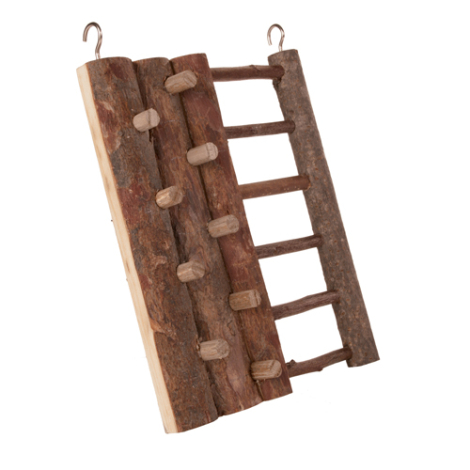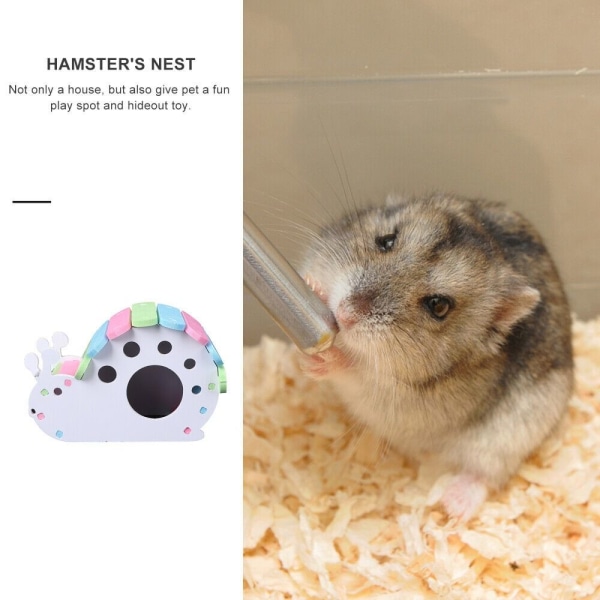
YLSHRF 1Pc Natural Wooden Hamster House Flat Top Cabin Rat Hut Mouse Cage for Small Pet Toys, Flat Hamster House, Hamster House - Walmart.com

Træ hamster hus, rotte skjulested, Gerbil Hut Hideaway Motion Leg Legetøj tygger til dværg hamster,mus, rotte,gerbil og andre kæledyr små dyr,pink | Fruugo DK

Chinchilla Hedgehog Guinea Pig Bed Tilbehør Cage Legetøj Skægget Dragon House Hamster Supplies Habitat Fritte Rat | Fruugo DK

1Pcs Pet Small Animal Hamster House med Funny Klatring Ladder Slide Wooden Hut Toys for Mouse pink | CDON




















